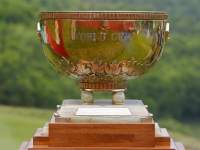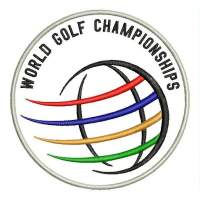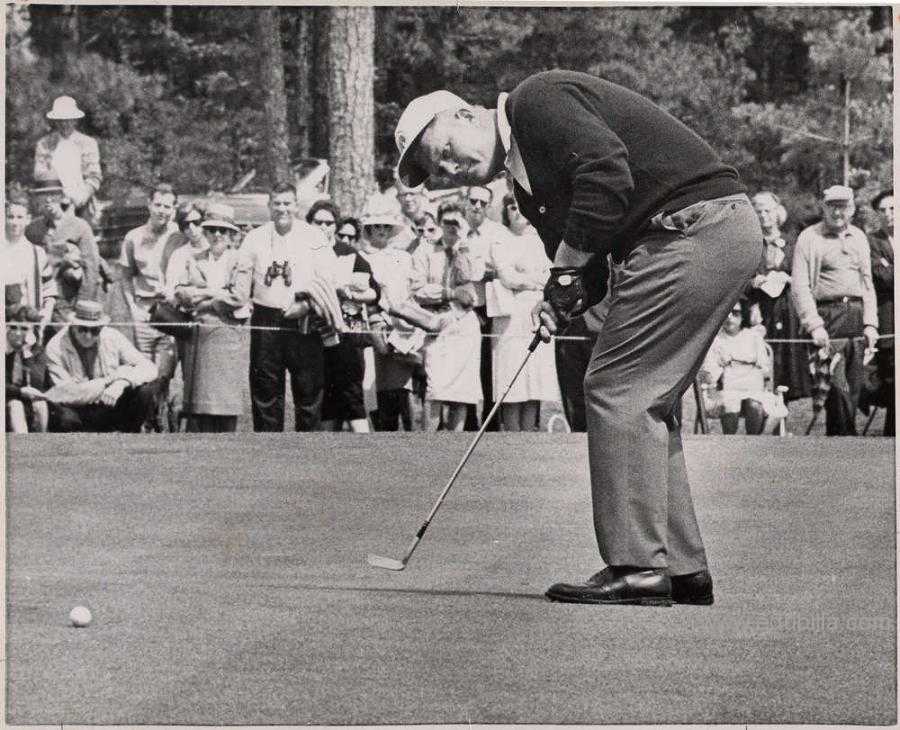
Overview Of Golf
- Golf is a club and ball sport in which players use various clubs to hit balls into a series of holes on a course in as few strokes as possible.
- Golf is one of the few ball games that do not require a standardised playing area. The game is played on a course with an arranged progression of either nine or 18 holes.
- Each hole on the course must contain a tee box to start from, and a putting green containing the actual hole. There are other standard forms of terrain in between, such as the fairway, rough, and hazards, but each hole on a course is unique in its specific layout and arrangement.
- Golf is played for the lowest number of strokes by an individual, known as stroke play, or the lowest score on the most individual holes in a complete round by an individual or team, known as match play. Stroke play is the most commonly seen format at all levels.
- In 2005 Golf Digest calculated that the countries with most golf courses per capita, in order, were: Scotland, New Zealand, Australia, Ireland, Canada, Wales, United States, Sweden, and England (countries with fewer than 500,000 people were excluded).
- First Golf Course:
- The number of course in other territories increases, an example of this being the expansion of golf in China. The first golf course in China opened in 1984, but by the end of 2009 there were roughly 600 in the country.For much of the 21st century, development of new golf courses in China has been officially banned (with the exception of the island province of Hainan), but the number of courses had nonetheless tripled from 2004 to 2009; the "ban" has been evaded with the government's tacit approval simply by not mentioning golf in any development plans.
- In United States:
- In the United States, the number of people who play golf twenty-five times or more per year decreased from 6.9 million in 2000 to 4.6 million in 2005,according to the National Golf Foundation. The NGF reported that the number who played golf at all decreased from 30 to 26 million over the same period.
Game Rules
First known Rules of Golf:
The earliest known Rules of Golf were drafted by the Honourable Company of Edinburgh Golfers in March 1744, which consisted of only 13 rules as follows:
1.You must Tee your Ball within a Club's length of the Hole.
2.Your Tee must be upon the Ground.
3.You are not to change the Ball which you Strike off the Tee.
4.You are not to remove Stones, Bones or any Break Club, for the sake of playing your Ball, except upon the fair Green within a Club's length of your Ball.
5.If your Ball comes among watter, or any wattery filth, you are at liberty to take out your Ball & bringing it behind the hazard and Teeing it, you may play it with any Club and allow your Adversary a Stroke for so getting out your Ball.
6.If your Balls be found any where touching one another, You are to lift the first Ball, till you play the last.
7.At Holling, you are to play your Ball honestly for the Hole, and not to play upon your Adversary’s Ball, not lying in your way to the Hole.
8.If you should lose your Ball, by its being taken up, or any other way, you are to go back to the Spot, where you struck last, & drop another Ball, And allow your adversary a Stroke for the misfortune.
9.No man at Holling his Ball, is to be allowed, to mark his way to the Hole with his Club, or anything else.
10.If a Ball be stopp’d by any Person, Horse, Dog or anything else, The Ball so stop’d must be play’d where it lyes.
11.If you draw your Club in Order to Strike, & proceed so far in the Stroke as to be bringing down your Club; If then, your Club shall break, in any way, it is to be Accounted a Stroke.
12.He whose Ball lyes farthest from the Hole is obliged to play first.
13.Neither Trench, Ditch or Dyke, made for the preservation of the Links, nor the Scholar's Holes, or the Soldier's Lines, Shall be accounted a Hazard; But the Ball is to be taken outand play’d with any Iron Club.
Today's Rules:
For many years, there were two sets of rules, codifed by the USGA and the R&A. Beginning in 1952 the two groups standardized the rules, publishing a new set every two years, usually with some minor changes. However, it was not until 1990 that the two sets of Rules truly became one, as both groups settled upon a standard set for the game. The biggest difference for many years was that the R&A allowed play with a 1.62 inch diameter ball, while the USGA ball was standardized at 1.68 inches.
There are three basic premises governing the Rules of Golf: 1) play the ball as it lies, 2) play the course as you find it, and 3) if unable to do either 1) or 2), do what is fair. There are currently 34 rules, with many sub-rules, and sub-sub-rules. In addition, the USGA and R&A publish a book called Decisions on the Rules of Golf, which are specialized rulings that have been standardized over the years, based on questions that have come up in competitive play.
Equipments Need For Golf
Equipments:
- Ball
- Clubs
- Ball markers
- Tees
- Golf bag
- Golf cart
- Towels
- Club head covers
- Ball mark repair tool
Clothing:
- Gloves
- Shoes
History Of Golf
Origin Of Golf
- The exact origins of the sport of golf are unclear. The most widely accepted theory is that the modern game of golf originated in Scotland in the High Middle Ages.The first golf courses and clubs were established in the country.
- First Rules and Tournament -The first written rules originated in Scotland, as did the establishment of the 18 hole course. The first tournament structures developed and competitions were held between various burghs. The modern game was spread by Scots to the rest of the world.
- The word golf was first recorded in the 15th century, appearing twice in an Act of the Scots Parliament of 6 March 1457, in the reign of James II. The Act, which ordered the holding of wappenschaws (English: musterings) four times a year for the purpose of archery practice, stated that "the fut bal ande the golf" (football and golf) were to be "vtterly criyt done" (condemned; lit. "cried down") and "nocht vsyt" (not engaged in; lit. "not used").
- The 1470 Act, in the reign of James III, again uses the spelling golf, but the 1491 Act, in the reign of James IV, spells it gouff;and variants such as gowf, gowff, gouf became the usual spellings during the Early Modern Period.
- The Scottish National Dictionary states that "golf represents a revival of the Middle Scots form; Loudoun Gowf Club, Newmilns, retains the old form in its title"; i.e. the spelling changed from Medieval golf to Early Modern gowf, and then back again.
Governing Bodies
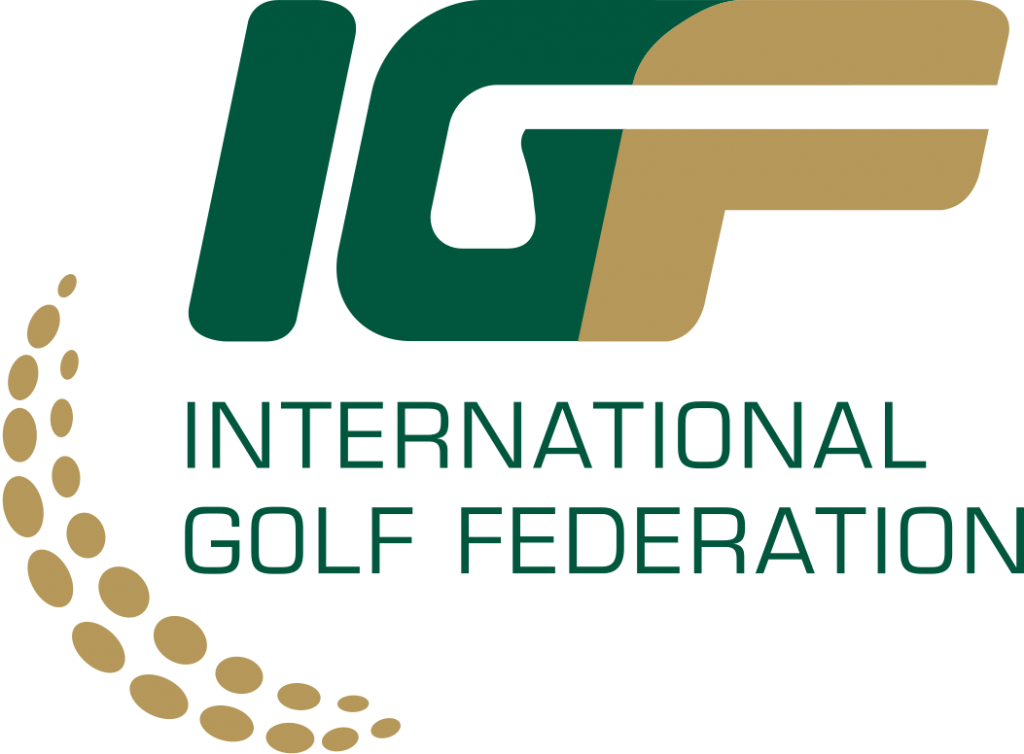
- 132 National Federation Members from 126 countries
- 22 Professional Members, mostly professional golf tours and Professional Golfers Associations
- Promote Golf as an Olympic Sport
- Encourage the international development of golf
- Administer golf as the recognised International Federation within the Olympic Movement
- Organise the golf competitions at the Olympic Games, Youth Olympic Games and the World Amateur Team Championships
- Africa Golf Confederation
- Americas Golf Association
- Arab Golf Federation
- Asia-Pacific Golf Confederation
- Caribbean Golf Association
- European Golf Association (fr)
- South American Golf Federation
- Jan 1958-The USGA has received many invitations for international matches against individual countries and was unable to attend them all.The USGA Executive Committee, discussing yet another generous invitation – this time from Japan – proposed that it’s time an international team competition be established so that all countries can take part in these types of events.
- March 1958-Representatives from the USGA go to Scotland to discuss the idea with representatives from the R&A. The concept is enthusiastically received.
- May 1958-Representatives from 35 countries meet in Washington, D.C., hosted by the USGA and the R&A, to establish the World Amateur Golf Council, so that it may conduct the World Amateur Team Championship. The meeting is arranged through cooperation with Pan American Airlines and the U.S. Department of State, and the trips of all attendees are funded by an anonymous group, the Friends of American Golf.President Dwight D. Eisenhower welcomes the group in the White House Rose Garden. The Council is begun with 32 Member Organizations and governing Articles are established.
- Oct 1958-The first Championship is hosted by the R&A on the Old Course at St. Andrews, Scotland. The Australian team defeats the U.S. team in an 18-hole playoff by two strokes. Bobby Jones is the Captain of the U.S. team.With the permission of the President of the United States of America, the competition is played for the Eisenhower Trophy, which is inscribed, “To foster friendship and sportsmanship among the Peoples of the World,” the Council’s guiding principle. The trophy is presented to the USGA and the R&A by the Friends of American Golf.
- Sept 1960-The second Championship is hosted by the USGA at Merion Golf Club (East Course) in Ardmore, Pennsylvania. Although the original 1958 Delegates envisioned that the Championship would probably be match play by this year, it has remained at stroke play through the present day. Jack Nicklaus’s 72-hole record of 269 still stands today. (Ben Hogan won the 1950 U.S. Open at Merion with a 287.)
- 1964-The French Golf Federation proposes that the U.S. Curtis Cup Team come to France for an informal match after that year’s Curtis Cup Match in Wales. The USGA accepts the invitation but also suggests inviting other nations to create a women’s counterpart to the World Amateur Team Championship. The French are delighted to do so.Vicomtesse de Saint Sauveur (known to many of you readers as Lally Segard), of France, and Mrs. Henri Prunaret, of the United States of America, planned the Championship. In addition, Vicomtesse de Saint Sauveur had the idea to ask her friends from Portugal if they would be willing to donate a trophy she’d heard they had in their possession.Ricardo and Silvia Espirito Santo confirmed they had a gold-plated Cup, originally owned by Nicolas II, the Tsar of Russia, which was purchased in an auction after the Russian Revolution of 1917. The Espirito Santos had originally intended the trophy for a Portuguese International event that was no longer being played, and were delighted to give the Cup for the benefit of a World Championship.
- Oct 1964-The French Golf Federation holds the first Women’s World Amateur Team Championship. Twenty-five teams compete. France beats the USA by one stroke.With sincere thanks to France, it is unanimously agreed that the World Amateur Golf Council will hereafter sponsor and conduct the Women’s event.
- 2003-The World Amateur Golf Council changes its name to the International Golf Federation.
- 2008-The IGF membership approved the formation of the Olympic Golf Committee to coordinate golf’s bid on to the Olympic Programme.
- Oct 2009-At the International Olympic Committee Executive Session in October 2009 in Copenhagen, golf is voted in as one of the new sports on the Olympic Programme after having been absent for 113 years – since 1904 Olympics in St. Louis, USA.
- Oct 2010-Since it is a prerequisite of the International Olympic Committee for every sport on the Olympic Programme to have an International Federation as its representative body, the IGF was deemed the most appropriate existing body to do this.
- At the IGF biennial meeting in Argentina, the new constitution of the IGF was ratified and the federation’s headquarters moved to Lausanne, Switzerland. The IGF Board was formed and the IGF was granted professionals as an additional category of membership.
Awards Related To Golf
World Golf Awards:
World Golf Awards serves to celebrate and reward excellence in golf tourism, world class courses and golf destinations.
Golf tourism constitutes a vital segment in the global travel and tourism marketplace. The overwhelming success of the first year launch has created much discussion in the golf tourism world this event will grow year on year. 2015 will see World Golf Awards returning to the Algarve and the amazing Conrad Algarve.
PGA Tour:
PGA Player of the Year-1948:
Selected using a points system with marks awardedfor wins, money list position and scoring average.
PGA Tour Player of the Year-1990:
Selected by the tour players by ballot.Also known as the Jack Nicklaus Trophy.
Rookie of the Year-1990:Players who are eligible are in their first season of PGA Tour membership.
Vardon Trophy-1937:
Awarded (by the PGA of America) to leader in adjusted scoring average with a minimum of 60 rounds played.
Byron Nelson Award-1980:
Awarded (by the PGA Tour) to leader in adjusted scoring average with a minimum of 50 rounds played.
Arnold Palmer Award-1981:
Given to the player with the most money earned in a season.
Comeback Player of the Year-1991:
Players vote for the honoree.
Champions Tour:
Jack Nicklaus Trophy-1990:
Player of the Year, determined by vote of the players at season's end.
Arnold Palmer Award-1980:
Given to the player with the most money earned in a season.
Charles Schwab Cup-2001:
Points are earned for thousands of dollars earned in top-ten finishes at tournaments.
Rookie of the Year-1990:
Players vote for the honoree.Comeback Player of the Year1991Players vote for the honoree.
Byron Nelson Award-1980:
Given to the golfer with thelowest scoring average of the season.
European Tour:
Harry Vardon Trophy-1937:
Awarded to the golfer who has won the most money. Through the 2008 season, the money list was known as the Order of Merit; it is now called the Race to Dubai.
Sir Henry Cotton Rookie of the Year-1960:
Selected by a panel comprising the PGA European Tour,the Royal and Ancient Golf Club of St.Andrews and the Association of Golf Writers.
United States Golf Association:
- Bob Jones Award
- Joe Dey Award
- Herbert Warren Wind Book Award
- Green Section Award
Intercollegiate golf:
- Haskins Award
- Edith Cummings Munson Golf Award
Sample Documents Of Golf
-Sachin Tendulkar












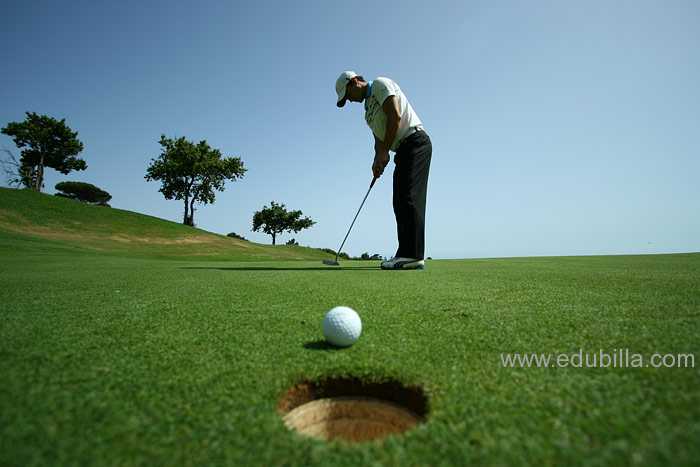
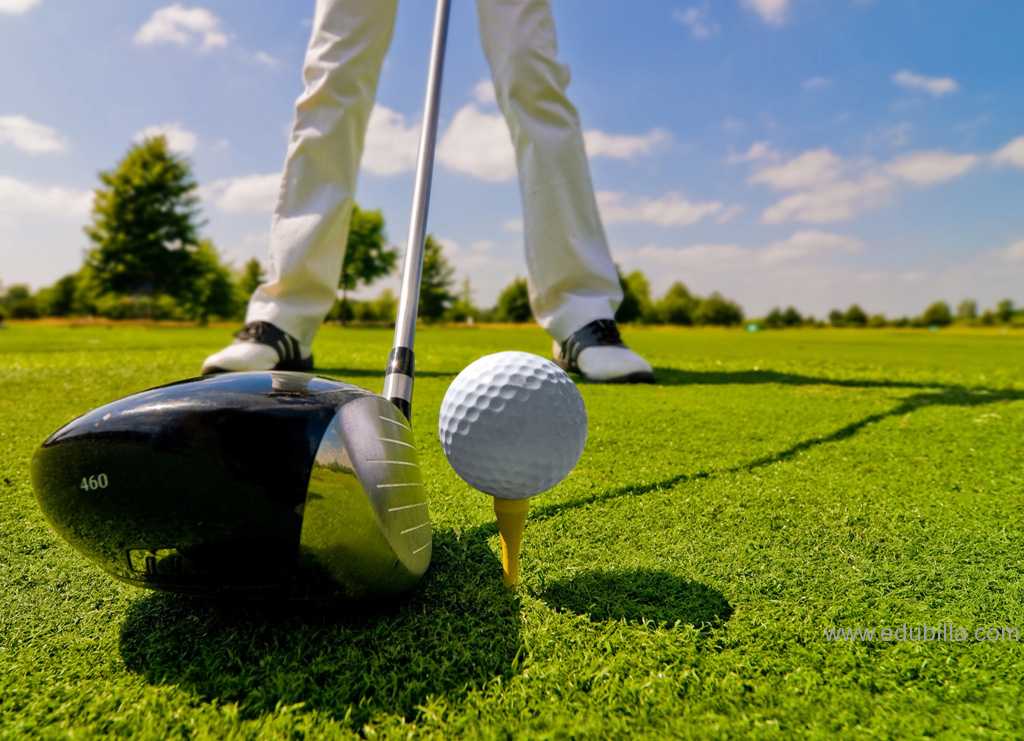

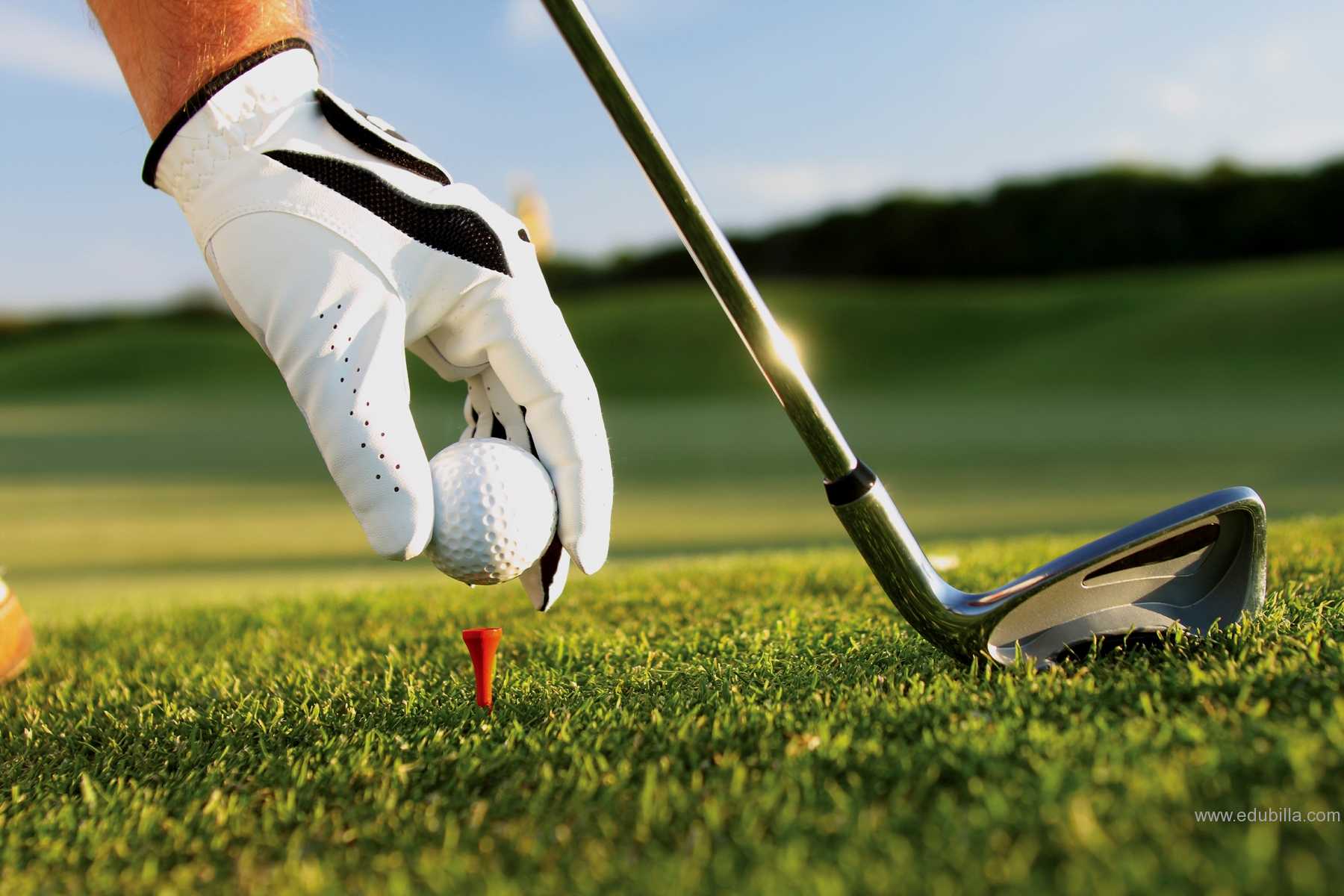
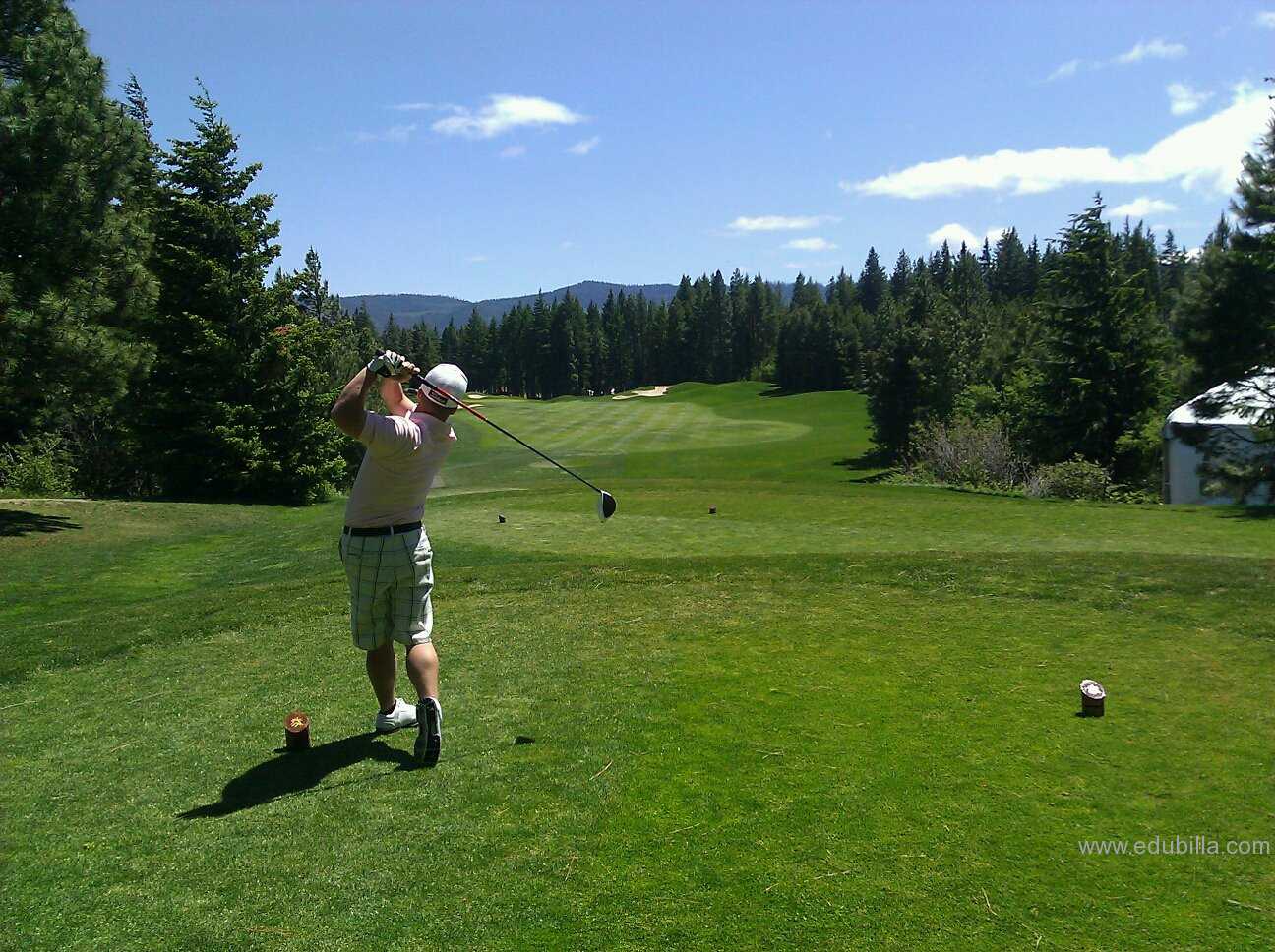




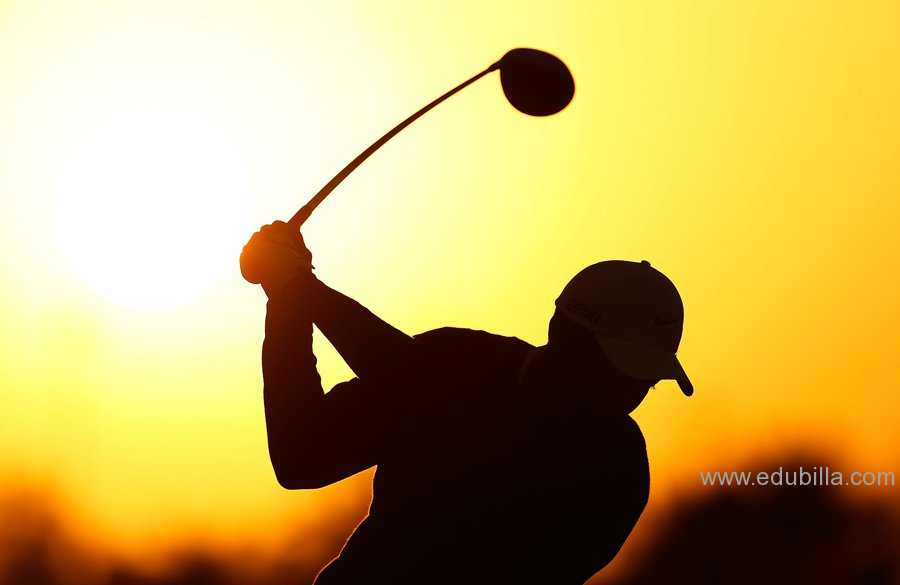

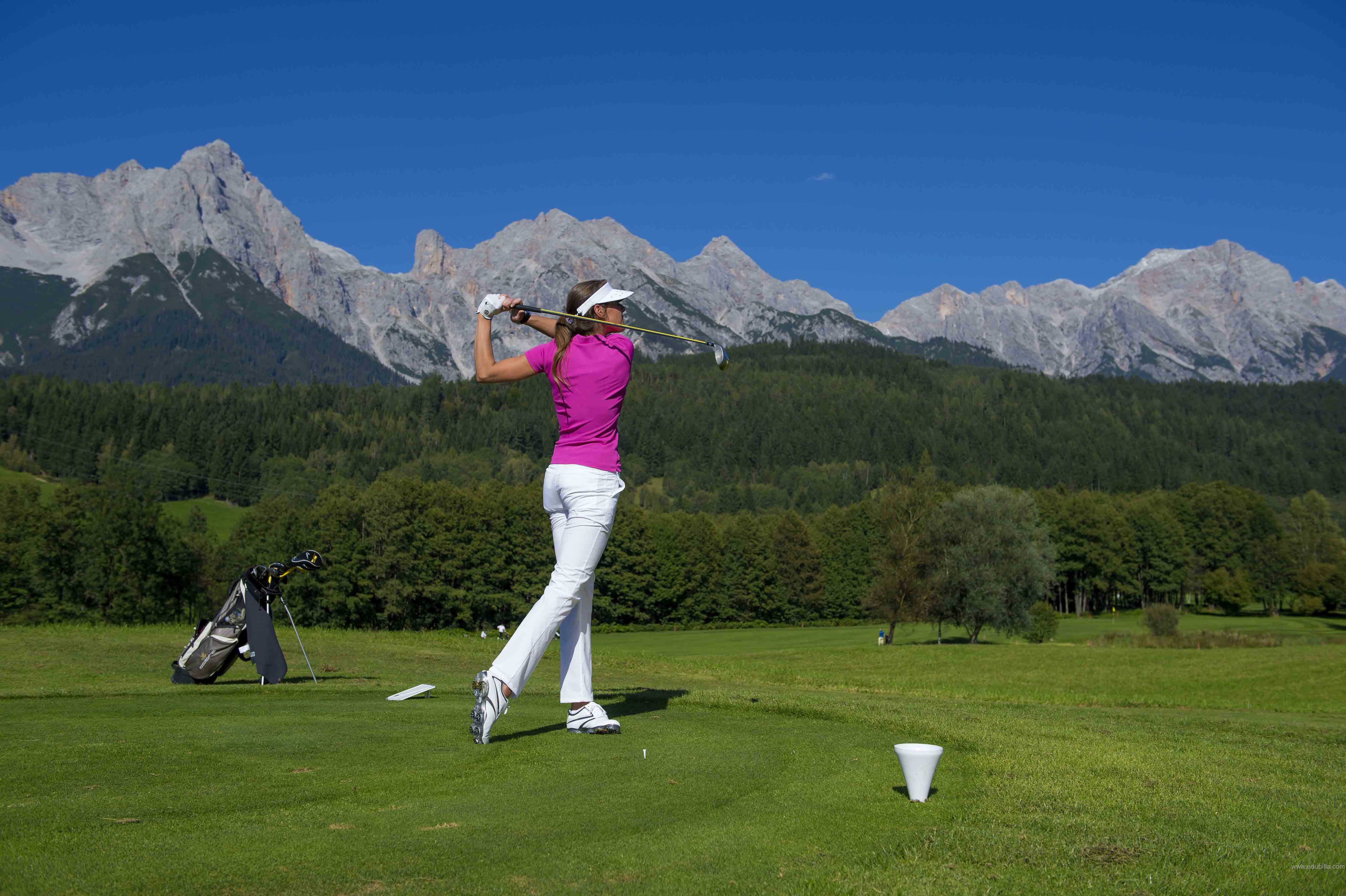
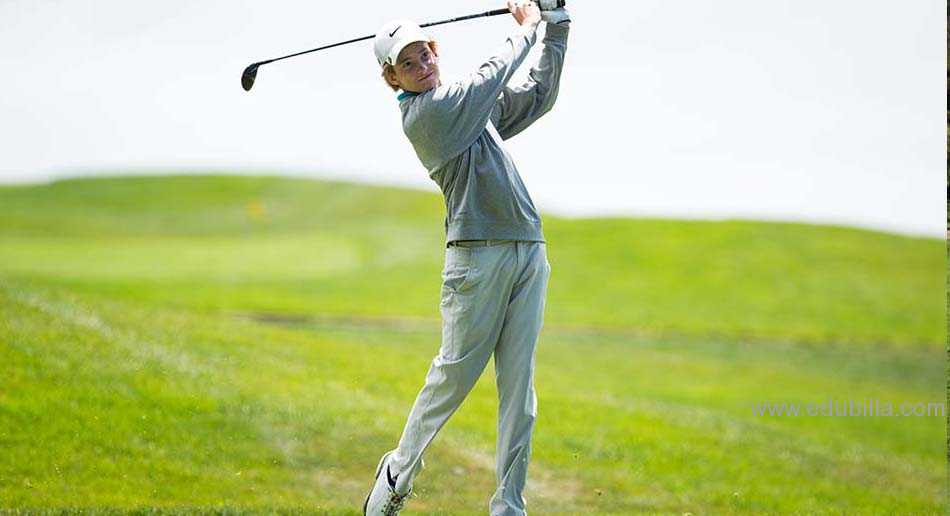

.jpg )

